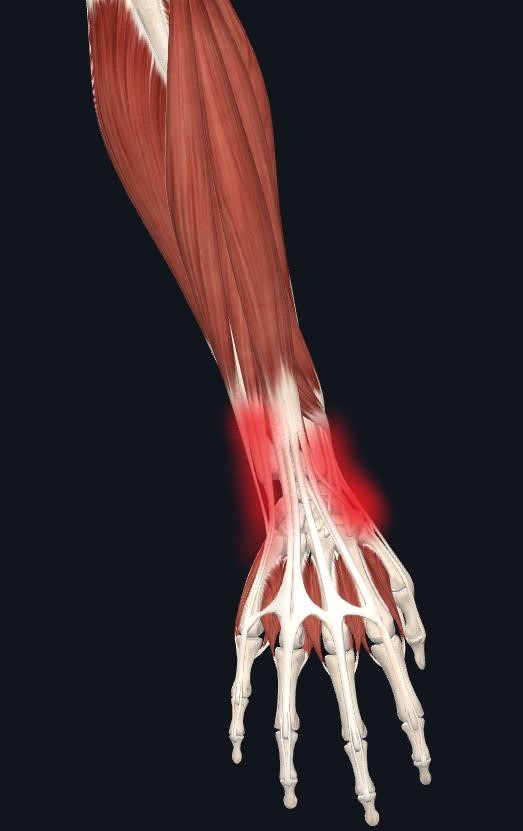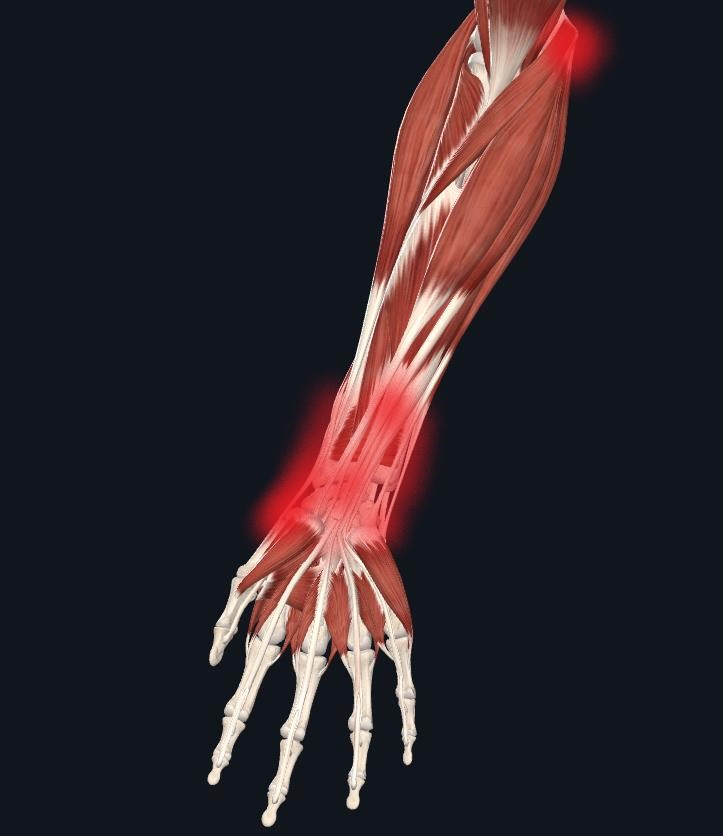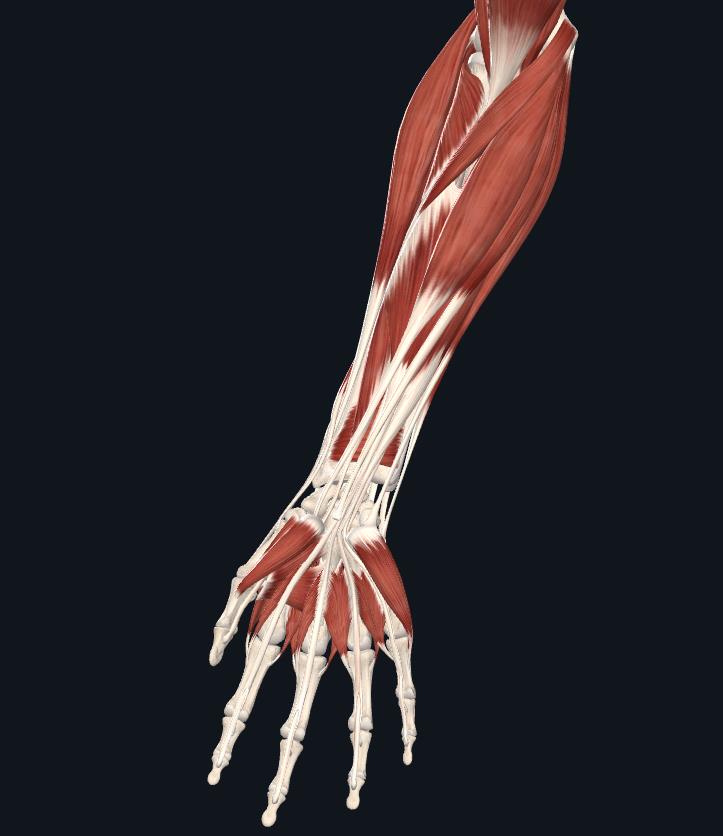What is the difference between Tendinitis and Tendinosis?
Tendonitis is an acute inflammatory response to injury of a tendon that produces the classical signs of heat, swelling, and pain (Ashe et al., 2004). Normally the tendon fibers are aligned nicely parallel to each other as seen in the image.
When the tendon fibers become irritated or damaged due to injury or overuse, these fibers are flooded with fibroblasts to help repair the tissues. What happens when these fibroblasts flood the tissue is rarely inflammation. The tissue surrounding the fibroblasts are essentially being broken down resulting in tendinosis which is a degenerative condition instead of an inflammatory condition (Cooper, 2014).
Common Symptoms
- Weakness
- Sharp pain when lifting
- Sharp pain when making certain movements with the wrist or forearm
- Loss of Range of Motion / Stiffness
- Inflammation or Swelling
What to do about it.
Immobilize the wrist to avoid damaging the tendons any further and allow them to recover. Utilize heat to help with discomfort, and cold packs at the end of the day. Perform gentle active motion of the wrist without pain and progressively increase the motion as long as it doesn’t cause pain. It is always recommended to see a doctor if the symptoms don’t subside or if your pain is severe.
For common stretches and protocols regarding specific areas of wrist tendonitis take advantage of our independent rehabilitation program which includes the following:
[pmpro_advanced_levels levels=”3,1″ description=”true” layout=”2 col” checkout_button=”Sign Me Up!” price=”full”]
Need Therapy Supplies?

References
Ashe, M., McCauley, T., Khan, K.M. (2004). Tendinopathies in the upper extremity: a paradigm shift, Journal of Hand Therapy (Vol 17).
Cooper, C. (2014). Fundamentals of hand therapy: Clinical reasoning and treatment guidelines for common diagnoses of the upper extremity (2nd edition). Elsevier Mosby.




